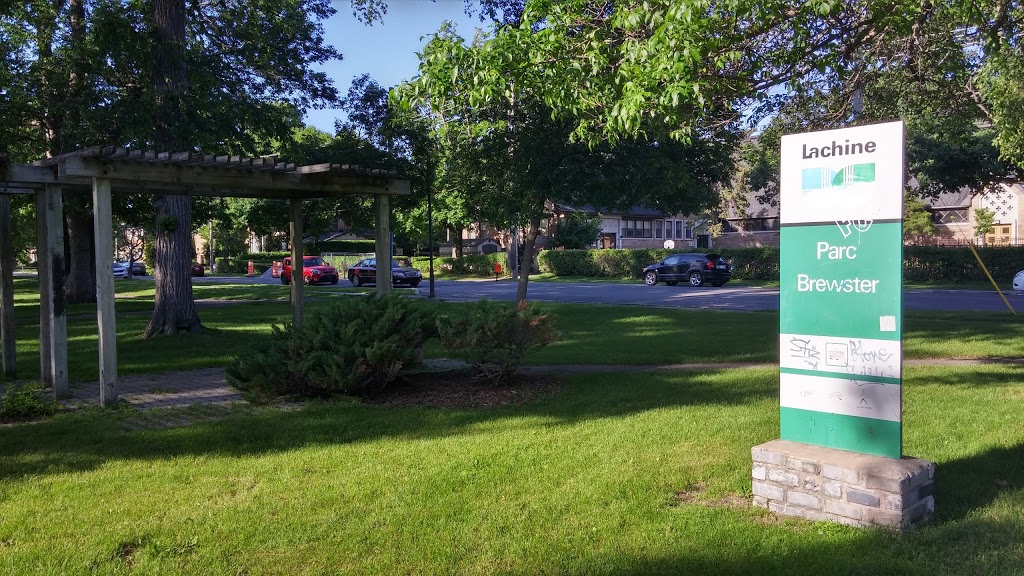News
Brewster Park in Lachine: A Montreal first

Jean Giguère
Author :
WikiResidence
Source :
20/08/25
The City of Montreal has inaugurated its first "sponge park," Brewster Park, in Lachine.
This innovative initiative combines the development of an attractive, multifunctional green space with an ingenious stormwater management system.
This article explores the unique features of this park, its environmental, social, and potential economic benefits for the community, and how it fits into a sustainable urban development approach for the city.
Montreal is once again innovating in its environmental management and the development of its public spaces with the inauguration of Brewster Park in Lachine.
This new type of park, called a "sponge park," is the first of its kind in Montreal.
It represents an integrated approach where the aesthetics and recreational functions of a park are combined with an effective and natural solution for stormwater management.
An Ingenious Concept Serving the Environment
The principle of a sponge park is simple yet powerful: to design a green space capable of absorbing, filtering, and temporarily retaining rainwater.
At Brewster Park, this translates into several specific features:
Gentle slopes and bioretention areas: These areas, planted with specially selected vegetation, slow down water flow, promoting its infiltration into the soil. The plants act as natural filters, retaining sediments and pollutants.
A landscaped retention basin: In the event of heavy rainfall, excess water is directed to this basin, which is designed to blend harmoniously into the park's landscape. The water is temporarily stored there before gradually infiltrating into the ground or being discharged in a controlled manner.
Permeable materials: The park's paths and certain surfaces are made of materials that allow water to seep through, thereby reducing runoff into sewers and the risk of flooding.
Multiple Benefits for the Community
The implementation of Brewster Park offers many advantages that go beyond simple stormwater management:
A positive environmental impact:
By promoting water infiltration into the soil, the park helps to recharge groundwater tables and reduce pressure on the city's sewer system, particularly during extreme weather events. It also helps to create cool urban islands.
An attractive new leisure space: The park was designed to be a place of relaxation and recreation for neighborhood residents. It offers green spaces for walking, picnic areas, and potentially other recreational facilities (specific information on these facilities was not detailed in the article).
Environmental awareness: Brewster Park becomes a concrete and visible example of sustainable water management solutions. It can serve as a place of education and awareness for citizens, schools, and other cities interested in this approach.
Economic potential: Although not directly quantifiable at this stage, the presence of attractive green spaces and the demonstration of innovative environmental management can indirectly improve the neighborhood's attractiveness for residents and investors.
Brewster Park in the Montreal Context and Beyond
The inauguration of Brewster Park is part of the City of Montreal's growing desire to adopt more sustainable and integrated stormwater management solutions for urban development.
This type of project is becoming more common in cities concerned about their resilience to climate change.
By becoming Montreal's first "sponge park," Brewster Park could serve as a model and inspire other similar initiatives across the city and beyond.
Brewster Park in Lachine is a significant achievement that demonstrates how urban planning can combine aesthetics, functionality, and respect for the environment.
This "sponge park" is an investment in the city's sustainability and the well-being of its citizens, marking a promising step forward in how Montreal approaches the management of its water resources and the creation of inclusive green spaces.
